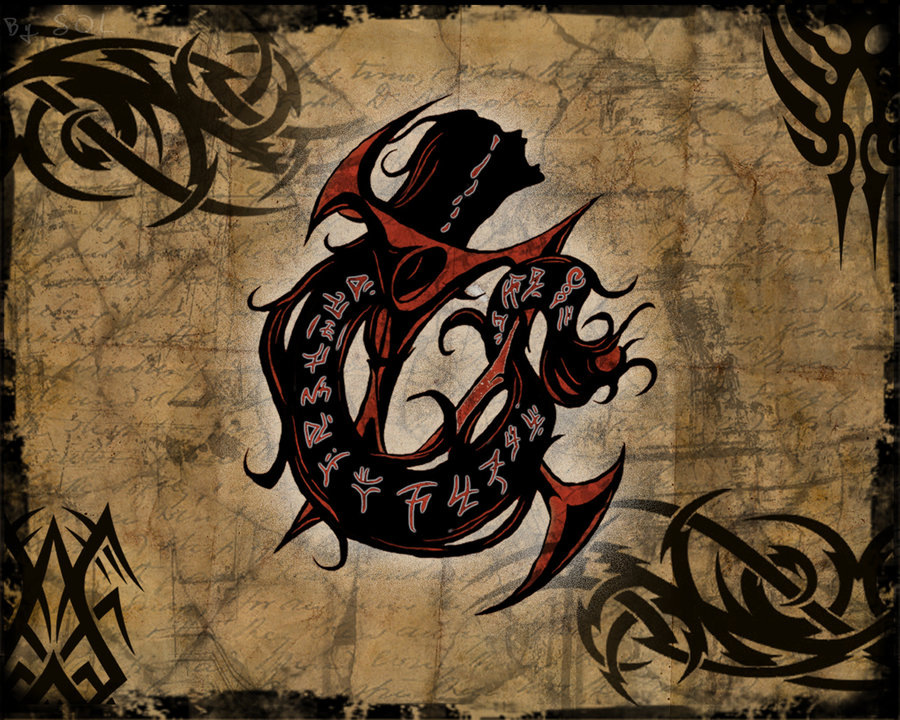|
 |
Posted on Oct 18th 2012 at 11:39:39 PM by ( SirPsycho) Posted under RPG, pc game, pc, video game, game, rpg, ultima, rogue, fallout, renaissance, temple of apshai, interplay, origin systems, or |
So this is a series of blog posts I've been putting up on Wordpress and spreading around. If you want to check out the original posts (they have pictures and stuff) then you can find them all here: http://whydidiplaythis.wordpress.com/
In 1997 there was a large shift in the RPG World in general. On the console side the genre was given immense exposure due to the exploding popularity of Squaresoft's Final Fantasy 7, this game would go on to be the second highest selling game for the Playstation. This series is going to be focused on the PC side of things. Fallout: A Post Nuclear Role Playing Game was released by Interplay Entertainment in this same year to widespread critical success and commercial support, selling more than any RPG had in years for the PC. Before Fallout released many industry insiders and long time gamers had essentially given up on the genre, developers were not making many due to rising costs and due to diminishing returns publishers had stopped greenlighting them.
Now by its simplest definition a renaissance is a rebirth or revival, which means there came a time before the release of Fallout where RPGs on the PC were king. So before we step deep into this revival it is imperative that we understand what came before, from what heights had this classical age of PC gaming climbed to? How hard and fast did it fall? What did these gamers get to experience in the days before RPGs shifted to consoles?
In the Dark Ages, for the sake of ease I'm going to label this time period as the late 70's to the mid 80's when most PC games were largely text of ASCII based. A lot of ideas would be pioneered during this time, deep storytelling came about from text adventures and gameplay ideas came from the earliest text based RPGs. Rogue was highly influential in terms of development ideas. This one release popularized the idea of 'randomly generated content' to developers and gamers, leading an entire subgenre of RPG to be labled as 'Roguelike'. This basic design philosophy inspired everybody, from the massively successful Diablo series to the more niche Mystery Dungeon games from Japan.
Temple of Apshai was released in 1979 and was one of the first graphical RPGs to be released on any PC system. Limitations lead to what became a team effort for storytelling that would become prevalant through the late 1980's. Text in the game would give the player a section of literature to read in a printed manual that came with the game. ToA was perhaps the first RPG to do this, and set a true benchmark until technology could catch up.
At this time graphics started to make their appearance more well known on the early Personal Computers, before 1980 most games with detailed graphics were on powerful mainframe systems. Due to technological limitations most of the RPGs that came out in the early 80s were simple representations and retellings of the designers' own tabletop campaigns, mostly Dungeons and Dragons. Wizardry and Ultima would release at roughly the same time, 1981, and both would prove highly popular and influential for the future. Wizardry was built completely around one large dungeon, laying the early groundwork for the modern dungeon crawler. Ultima would also make liberal use of dungeons, but spread them out throughout a world with its own story, the player able to fully explore the overworld before delving into the underground dungeons.
Wizardry would keep its basic design philosophy and continue being fairly successful. The series was the benchmark for character building and those who just wanted to dive into a dungeon and get right to the action. Wizardry would become incredibly influential worldwide, even making quite the splash in Japan where the series would become the most direct inspiration for Dragon Quest according to its creator.
Ultima made a habit of evolving its world, storytelling, and gameplay experience with every new release. Origin Systems and primarily Lord British himself, Richard Garriott, would become the greatest storytellers in gaming history to this point. Many of them even hold up today. Ultima III would really be the first release that truly set the series apart from its contemporaries, introducing plot twists into its story as well as really starting to hash out the mythos for Brittania.
Ultima IV is an entirely different beast though. Where RPGs were largely shallow up to this point (and even after), telling stories centered around ultimate magic artifacts or one stereotypical bad guy bent of world conquest/destruction, Ultima IV would introduce the idea of total freedom, philosophy, and self discovery to gamers. There is a story, but there's no real evil antagonist at all. The world of Brittania is at complete peace after the events of Ultima III, so the main character is summoned by Lord British and educated about a philosophical system based around 8 Virtues and sent around the world to master these virtues. This adventure is a landmark in not only gaming, but the evolution of storytelling in gaming. No game before it was not solely focused on some evil force or mystical artifact, and few have focused solely on the philosophy of a world and belief system as much as Ultima IV since its release, making the game quite an enigma.
One thing I'm sure we're all guilty of is playing a few games that we looked at as lackluster, unpolished, unfinished, buggy, glitchy, bad, or all of the above. In this first edition of Why Did I Play This? I, SirPsycho, take a look back at a steaming pile of gong that I got when I purchased what is perhaps my all time favorite game. All I wanted to buy was Planescape: Torment, and I found it for a good price coupled with a little game called Soulbringer, and I decided to install it on my old PC and give it a try. By the gods does the latter game reek of the bad decisions that rocked and eventually toppled the publisher Interplay.

Now there are many things that can anger the typical gamer, even if he/she considers or is known to be a hardcore, especially for the RPG scene. Now on the surface and even underneath it Soulbringer appears to be a normal RPG, you get thrust into a mystical world ripe with strife, ne'er-do-wells, conspiracy, and magic. However, the way the game is presented and played show a struggle of how you trudge through it just leaves much to be desired. For example; even before you get in your first fight you notice the first big design mistake the game made, that is that you cannot see anything more than ten feet away from your character!

Why? Is there a perpetual black haze around every character on that world? With that shot you also get a look at the combat system and how severely outdated it is for a game that was released in 2000, even the graphics look bad compared to most that was out at that time! Why do I have to click on the attack I wish to do in the 21st Century? This was not before the advent of hotkeys or even mouse based combat, so why did it need to be done for this game? Too many questions and not a single answer that would make any logical sense.
The plot is as cookie cutter as you can get for an RPG plot. You would think with the brilliance and success of Black Isle's desire to break the mold that had been cast over the stale RPG genre, that Interplay would try and be a bit pickier about what it decides to green light and publish. But no, this game can literally be summed up as:
*Spoilers*
"Evil magicians are summoning demons and taking over the world! Kill them all!"
/*spoilers*

The camera is so clunky and unfriendly that tweaking the angle during combat is useless as you'll miss out on valuable time to click on your attack and hope that your opponent does not use the perfect counter to send you down to feed the digital worms. The rest of the interface is no better, making navigation more of a chore than an easy way to quit out of the horrid game.
There are some pros to be had about this game. Despite the plot being so generic it hurts, it does trudge on to give any player that does enjoy the title a long, rewarding experience. There are hundreds of side quests to take to fill your wallet and get a better feel for the world of Rathenna, its inhabitants, and their culture. Combat has some depth to it in that you will have to switch weapons out on the fly to play to an enemy's physical weakness instead of there only being a magical weakness. The musical score is also above average, not by much though, and remember you could love it and think it a masterpiece of musical achievement or the perfect example of why this game sucks so hard.
In summary, if the game was release even five years before it was, it could have been considered a mindboggling masterpiece without peer. But since it was developed and came out during the time where Baldur's Gate, Icewind Dale, Fallout, Torment, and others were trying to reinvent, reinvigorate, and renovate the old fashioned RPG house and succeeding, this game from the same publishing head starts backpedaling along all those steps forward. I cannot recommend this to anybody, if you are a completionist then by all means try and see what you can do with this, but do not play this alongside those aforementioned classics if you really wish to play Soulbringer. You'll just leave the crap to the flies and flock to the Sword Coast, you know you will.
Tune in next week for something completely different.
|
|
|
|



